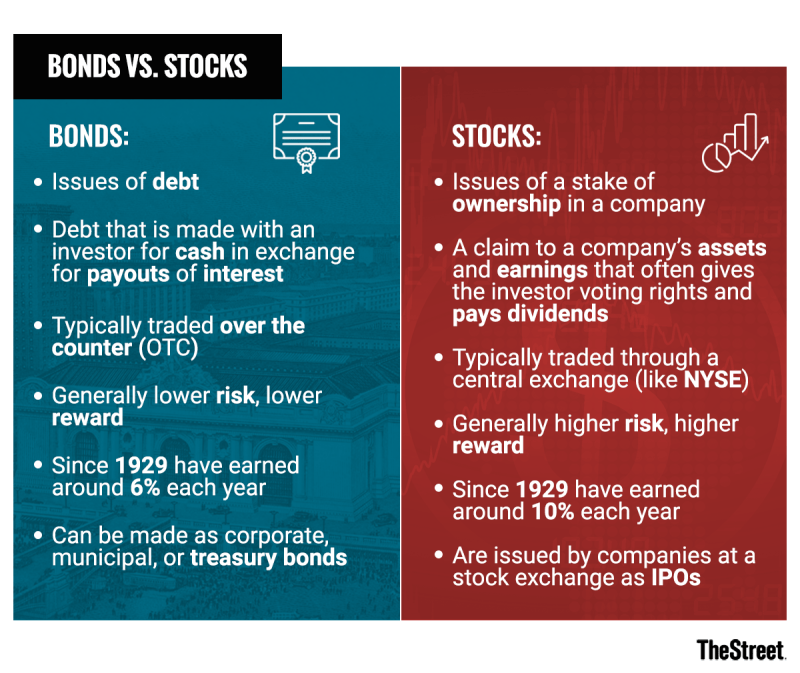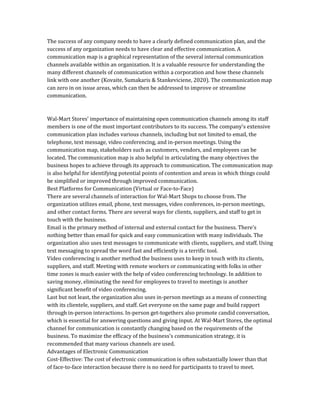Stock photography platforms offer photographers and artists a way to monetize their work by selling images, videos, and graphics to a global audience. With numerous options available, two of the most prominent platforms are 123RF and Adobe Stock. Understanding how these platforms operate, their payment structures, and the potential earnings can help contributors make informed decisions on where to submit their work. This comparison will explore the key features of both platforms and shed light on which one might provide better financial rewards for contributors.
Overview of 123RF and Adobe Stock

Both 123RF and Adobe Stock are well-established stock photography platforms that cater to various contributors, from amateur photographers to seasoned professionals. Here’s a comparative look at their offerings:
- 123RF: Founded in 2005, 123RF has a large collection of stock photos, vectors, videos, and audio files. It offers competitive pricing for buyers and a straightforward commission structure for contributors, which ranges from 30% to 60% depending on the contributor’s sales volume and the type of content sold. 123RF also promotes user engagement through regular contests and reward systems, which can enhance a contributor’s earnings.
- Adobe Stock: As part of the Adobe Creative Cloud ecosystem, Adobe Stock boasts a seamless integration for users already in the Adobe environment. Contributors earn 33% commission on images sold, and Adobe offers unique features such as stock assets for editorial use. The platform is known for its high-quality content and strong user base, which can lead to more sales opportunities. Moreover, Adobe Stock has a robust algorithm that helps to boost the visibility of popular and trending images, potentially increasing earnings for contributors.
In conclusion, while 123RF provides flexible commission structures and engagement opportunities, Adobe Stock offers integration with creative tools and a vast reach, impacting how well contributors are compensated based on market exposure.
Payment Structures of 123RF and Adobe Stock

When it comes to choosing the right stock photography platform, one of the most crucial factors is understanding the payment structures. After all, the better you understand how you will be compensated for your work, the more informed your decision will be.
123RF offers a tiered payment system, which can be appealing for contributors looking for a straightforward approach:
- Based on the number of downloads, contributors can earn between 30% to 60% commission on sales.
- For exclusive contributors, the percentage can increase, providing a bigger incentive to stick with the platform.
- They also have a royalty plan, which means you can earn even from subscriptions once your content is downloaded.
On the other hand, Adobe Stock operates on a slightly different model, favoring contributors in some aspects:
- Adobe Stock offers a fixed 33% commission for most sales, with the potential for more for exclusive contributors.
- They also provide a unique opportunity to benefit from the vast reach of Adobe’s ecosystem, as contributions can be sold directly through products like Photoshop and Illustrator.
- Additionally, payouts occur monthly, allowing for a more consistent stream of income.
In summary, while both platforms have their merits, the choice often comes down to the type of contributor you are. 123RF may appeal more to those who like tiered systems and growth opportunities, while Adobe Stock might attract those seeking a more stable and straightforward commission structure.
Earnings Potential for Contributors on 123RF

Understanding the earnings potential on a platform is key for any contributor wanting to maximize their return. With 123RF, the earning potential can vary widely based on several factors.
Here’s what you need to know:
- Content Type: High-quality images or vectors in popular niches like travel, business, and lifestyle tend to sell better.
- Quantity of Uploads: More uploads generally lead to more downloads, so consistency in uploading new content can significantly boost your earnings.
- Royalty Structure: As mentioned earlier, the commission can vary significantly; thus, the more exclusive your content or the higher your download rate, the more you can earn.
For example, if you are an active contributor with a solid collection of high-demand images, you could potentially earn anywhere from a few hundred to a few thousand dollars each month. Additionally, contributors emphasize the importance of marketing their content to ensure visibility. Utilizing social media and creating a personal website can drive more traffic to your portfolio on 123RF.
In conclusion, while 123RF provides a promising earnings potential, success on the platform depends heavily on your content quality, marketing efforts, and consistency in uploading new pieces. The right strategy can turn your contributions into a rewarding income stream!
Earnings Potential for Contributors on Adobe Stock
When it comes to earning potential, Adobe Stock offers some compelling features that can attract contributors. One of the most notable aspects is its royalty structure. Contributors typically earn 33% of the sales price on images, videos, and templates. This is quite competitive compared to other stock platforms. Additionally, Adobe Stock provides a minimum payout threshold of just $25, making it easier for contributors to access their earnings more frequently.
Moreover, Adobe’s extensive ecosystem, which includes popular applications like Photoshop and Illustrator, allows contributors to reach a massive audience. This cross-platform integration means that users who utilize Adobe’s tools are more likely to purchase assets from Adobe Stock, enhancing visibility and sales potential for contributors.
To maximize earnings, contributors should consider:
- Diversifying Content: Upload a variety of content types, including images, vectors, and videos. This broadens your market appeal.
- Optimizing Metadata: Proper tagging and keywording are crucial. The better you optimize your work for search, the higher the chances of sales.
- Frequent Uploads: Consistently adding new content can keep you relevant and increase your chances of being featured.
Overall, the earnings potential on Adobe Stock is promising, especially for those who actively engage with the platform and leverage its tools to their advantage.
Comparison of Licensing Models
Understanding the licensing models of stock platforms is crucial for contributors who want to make informed decisions about where to sell their work. When comparing Adobe Stock and 123RF, several key differences emerge.
| Feature | Adobe Stock | 123RF |
|---|---|---|
| Licensing Type | Standard and Extended | Standard (Royalty-Free) |
| Usage Rights | Allows for commercial use with restrictions on resale | Commercial use permitted, with some limitations |
| Exclusive Rights | Available with Extended License | Not offered |
| Royalty Rates | 33% of the sale price | 50% on traditional downloads, varies for subscriptions |
Adobe Stock’s model provides both standard and extended licensing options, allowing contributors to sell images with different rights and earn more through extended licenses. This flexibility can be appealing for those wanting to attract a wider range of buyers.
On the other hand, 123RF operates under a straightforward royalty-free model that is easy to understand but might limit contributors who seek exclusive sales opportunities. While the royalty rates can be higher on a per-sale basis, the overall volume might be lower compared to Adobe Stock due to its larger user base and broader exposure.
Choosing the right platform really depends on your content type, target market, and personal earning strategy!
Warning
: Trying to access array offset on value of type null in C:xampphtdocsgpt4chatgptapi.php on line 103
User Experience and Support for Contributors
When it comes to choosing a stock photography platform, user experience and support for contributors can significantly impact a contributor’s journey. Both 123RF and Adobe Stock have distinct approaches that contribute to how contributors interact with their platforms.
123RF offers a straightforward, user-friendly interface that allows contributors to upload their content with ease. The dashboard is designed to give a clear overview of sales statistics and uploads, providing visual analytics that can be very encouraging for contributors. However, some users have reported that navigating the support system can be cumbersome at times. Support is available via email and chat, but response times can vary. This can sometimes leave contributors waiting longer for answers to their questions.
On the other hand, Adobe Stock leverages its integration with Adobe Creative Cloud applications, making it a natural choice for those who are already using Adobe software. The interface is sleek and intuitive, making it easy to manage submissions, track performance, and navigate through resources. Adobe provides a solid support system with a rich library of tutorials, FAQs, and forums where contributors can find answers to common queries quickly. Plus, their support team is generally responsive, providing timely assistance when questions arise.
Both platforms offer resources for contributors, such as forums and community engagement opportunities, but Adobe Stock shines through with its comprehensive support materials and integration capabilities. Ultimately, graphics creators who prioritize a smooth experience and responsive support may favor Adobe Stock, while those looking for a simple upload interface might lean toward 123RF. Choosing the right platform will depend on your unique needs as a contributor.
Conclusion and Final Recommendations
So, which platform pays better for contributors: 123RF or Adobe Stock? The answer depends on several factors, including your individual goals, style of work, and preferred workflow.
Key Considerations:
- Commission Rates: Adobe Stock typically offers a higher commission on certain sales, especially for exclusive contributors.
- Content Types: If your strengths lie in video or high-quality images, Adobe Stock may be more lucrative.
- User Experience: If ease of uploading and managing content is a priority, 123RF may feel more comfortable.
- Support Needs: Consider how much support you anticipate needing; Adobe Stock has a more robust support system.
In conclusion, both platforms have their merits. If you’re looking for a potentially higher payout and comprehensive resources, Adobe Stock may be the best choice for you. However, if you value simplicity and don’t mind a longer support response time, 123RF might suit you better. Ultimately, testing both platforms could help you understand which fits your style and needs more effectively. Happy contributing!


